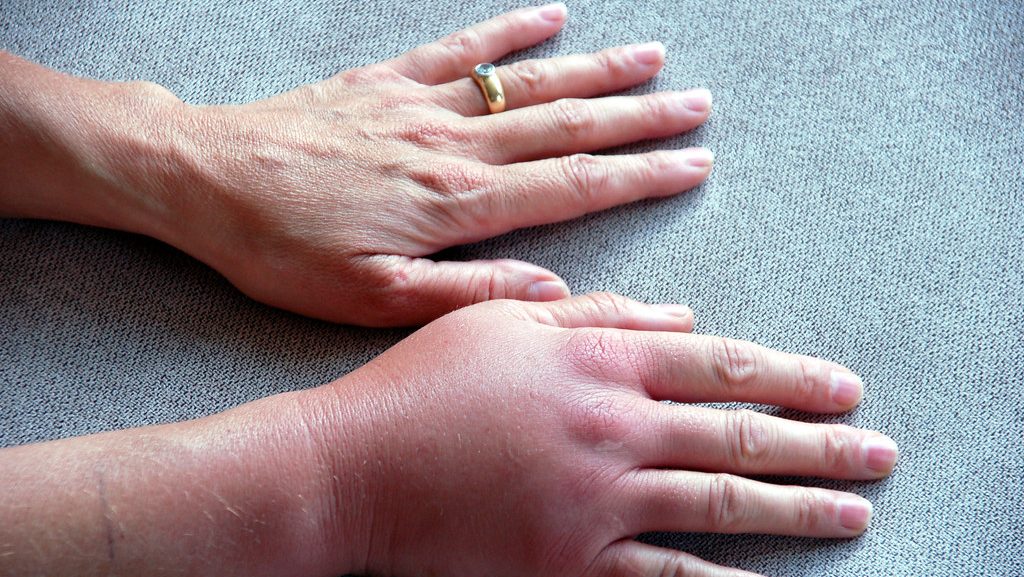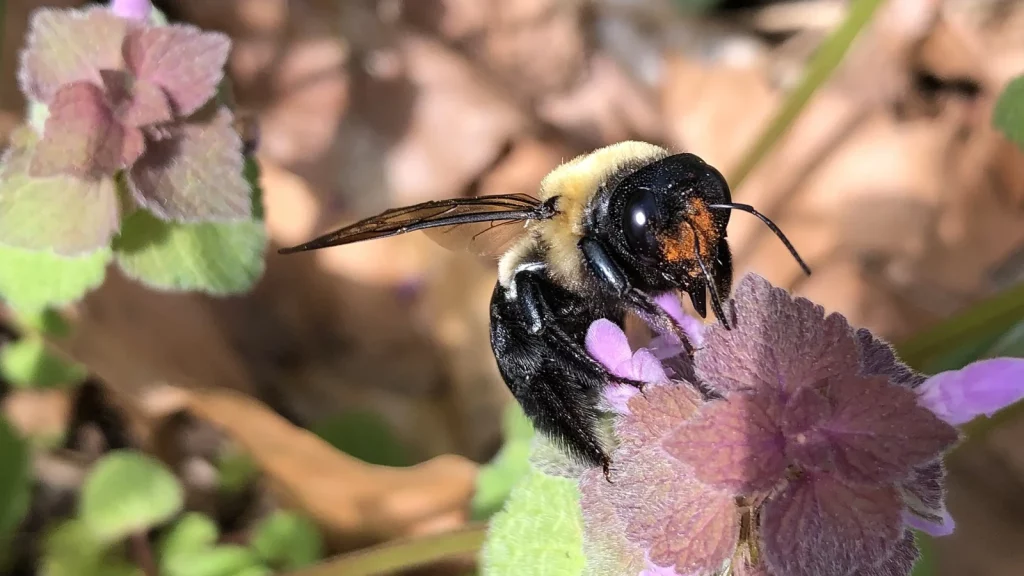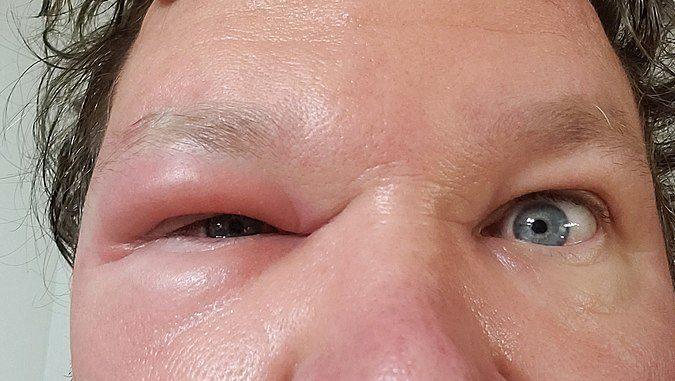Key Takeaways
-
Misunderstood Behavior: Male carpenter bees hover and dart around people but are harmless as they lack stingers.
-
Stinging Capability: Only female carpenter bees can sting, and they can do so multiple times without losing their stinger.
-
Sting Severity: Stings usually result in mild pain, redness, and swelling—similar to a small pinch or burn.
-
Rarely Aggressive: Carpenter bees tend to avoid conflict and sting only if provoked or threatened directly.
-
Allergic Reactions: Seek immediate medical help for rare severe reactions like intense swelling or breathing difficulty.
-
Effective Prevention: Seal untreated wood, use bee traps, repair holes, and offer alternative nesting sites to prevent infestations.

Are Carpenter Bees Aggressive?
Carpenter bees are essential pollinators but often misunderstood due to their nesting habits, and people think that carpenter bees are aggressive. Carpenter bees are large with shiny, hairless black abdomens that distinguish them from fuzzy bumblebees. They are often seen hovering around wooden structures, searching for a nesting site. Female carpenter bees bore perfectly round holes into untreated or unpainted wood to lay their eggs. Over time, these tunnels can expand and create extensive nesting networks if left untreated. Males are often seen buzzing aggressively around humans, especially near their nests. This behavior is purely territorial as they lack a stinger. Female carpenter bees are non-aggressive unless directly threatened or provoked.Do Carpenter Bees Sting?
One of the most common concerns is whether carpenter bees sting and how often they can sting. Female carpenter bees have stingers and can sting multiple times since their stinger does not detach. Unlike honeybees, which lose their stingers and die after a sting, carpenter bees can sting repeatedly if provoked.

Not getting a solution?
Get your free pest control estimate today!How Many Times Can a Carpenter Bee Sting?
Female carpenter bees have smooth, non-barbed stingers that can sting as many times as necessary. Since their stinger does not get lodged in the skin, they can withdraw it and sting again without harming themselves. This ability is similar to that of wasps, which can also sting repeatedly. While it is possible for a carpenter bee to sting multiple times, it is important to note that they are not naturally aggressive insects. They typically sting only when they feel threatened or cornered. For example, if someone tries to handle them or disturb their nests, they may resort to stinging in self-defense. In most cases, carpenter bees prefer to avoid confrontation and will not sting unless provoked.What Does a Carpenter Bee Sting Look Like?
While carpenter bee stings are rare, identifying and addressing them is essential.Carpenter Bee Sting Symptoms and Responses
-
Appearance of the Sting: A carpenter bee sting results in a small, red bump with mild swelling, localized pain, and potential itching or tenderness for a few hours to a day.
-
Mild Swelling: Localized swelling is common after a carpenter bee sting and typically subsides within a few hours.
-
Localized Pain: The sting site may experience mild pain or discomfort, which can be eased with basic remedies.
-
Itching or Tenderness: Mild itching or tenderness may occur shortly after the sting.
-
Severe Allergic Symptoms: Allergic reactions include severe swelling, difficulty breathing, or hives. Seek immediate medical care if these occur.
-
When to Seek Help: If symptoms extend beyond mild irritation or involve systemic reactions, consult a medical professional promptly.
How to treat a Carpenter Bee sting?
Wash the area with soap and water, apply a cold compress to reduce swelling, and consider an over-the-counter antihistamine to alleviate itching. Seek medical attention immediately if you experience signs of an allergic reaction. If you feel things have got out of control, contact pest control professionals. Our team can customise a plan to protect your home effectively.How Bad Is a Carpenter Bee Sting?
The severity of a carpenter bee sting depends on your tolerance for pain and whether you’re allergic to bee venom. On a general pain scale, a carpenter bee sting is mild and short-lived, often described as a sharp pinch followed by mild burning or tenderness. It is less painful than a wasp sting but more noticeable than a mosquito bite. For most individuals, the sting results in localized swelling and discomfort that subsides within a few hours. For those with bee allergies, the reaction can be more severe, requiring medical intervention.
For most individuals, the sting results in localized swelling and discomfort that subsides within a few hours. For those with bee allergies, the reaction can be more severe, requiring medical intervention.
Prevention Tips
-
Seal exposed wood.
-
Install bee traps.
-
Fill existing holes.
-
Provide alternative nesting sites.
-
Don’t provoke a carpenter bee.
Myths and Facts About Carpenter Bees
Here are a few myths and facts about carpenter bees:| Myth | Fact |
|---|---|
| Carpenter bees eat wood. | Carpenter bees do not eat wood; they bore into it to create nests for their eggs. |
| Carpenter bees are highly aggressive. | Carpenter bees are generally non-aggressive and sting only when provoked. |
| All carpenter bees can sting. | Only female carpenter bees can sting; males are stingless. |
| Carpenter bee damage is irreversible. | Wood damage from carpenter bees can often be repaired with sealants and fillers. |
| Carpenter bees are harmful to humans. | Carpenter bees pose minimal risk to humans unless they are directly handled or if an individual is allergic to bee stings. |





